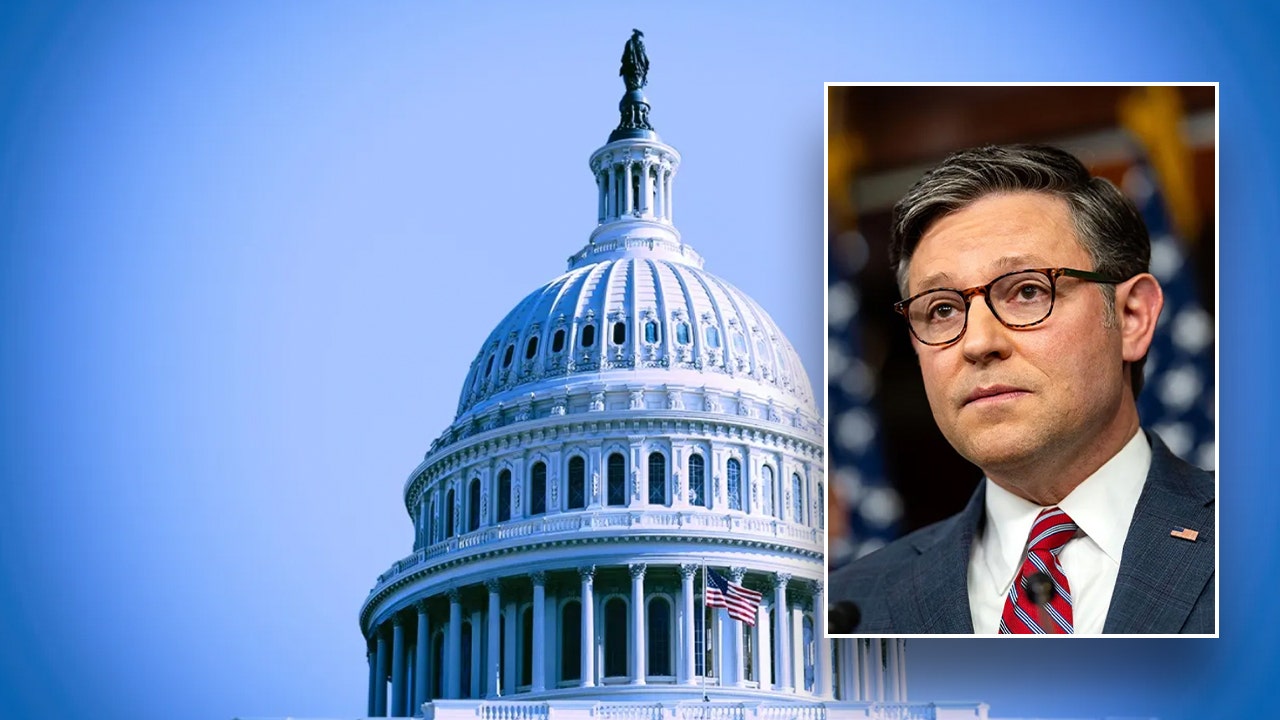The US has said it will remove a $10mn bounty for Abu Mohammad al-Jolani, leader of Hayat Tahrir al-Sham, the Islamist group that spearheaded the overthrow of Syria’s Assad regime, in a sign that Washington is willing to engage with the new leadership.
In exchange, Jolani, who now goes by his birth name, Ahmed al-Sharaa, agreed that terrorist groups could not be allowed “to pose a threat inside of Syria or externally, including to the US and our partners in the region”, Barbara Leaf, the State Department’s top Middle East official, said on Friday.
Leaf met Jolani in Damascus earlier in the day and told reporters that lifting the bounty would allow US officials to engage with the rebel leader without having to turn him over to US law enforcement.
Leaf said her meeting with Jolani was “quite good, very productive, detailed.”
“He came across as pragmatic,” she said, adding that he made “moderate” statements on equal protections for women and minorities. “We will judge by deeds, not just by words,” she added.
HTS is designated as a terrorist organisation by the US, EU, UN and others, which means Washington cannot offer the group material support, but it can communicate with its members. Jolani has said Assad’s departure means sanctions on the state should be lifted.
US officials have said they would consider lifting both the sanctions and the terrorist designation, which has been in place since 2018, if HTS proved its commitment to “inclusive” rule and to maintaining stability.
They say Jolani and an eventual transitional government will face internal pressure to take steps needed for the sanctions regime to be lifted.
“I think there’s going to be quite a degree of internal pressure on both the interim authorities and then whatever transitional government comes a few months from now, to move in the direction that would, in fact, be consonant with the kind of requirements that we would have in terms of sanctions,” Leaf said.
She added that Jolani had stressed that he wanted to begin working on an economic recovery for Syria.
The US delegation to Damascus also included Roger Carstens, the US special envoy for hostages, and senior diplomat Daniel Rubenstein, who will be leading engagement with Syria.
The diplomats held meetings and visited a site in the capital as part of efforts to find Austin Tice, an American journalist who disappeared in Damascus in 2012.
Carstens said it was is unclear whether Tice was still alive. “The information that we have right now doesn’t confirm either one way or the other,” he said.
US officials say they plan to engage with transitional officials and other Syrians in further trips to Syria as conditions allow.

/cloudfront-us-east-1.images.arcpublishing.com/gray/G3PYOGETCBBCVIA4CTZX5DFMXI.jpg)






















/cdn.vox-cdn.com/uploads/chorus_asset/file/25782636/247422_ChatGPT_anniversary_CVirginia.jpg)
/cdn.vox-cdn.com/uploads/chorus_asset/file/25789444/1258459915.jpg)

/cdn.vox-cdn.com/uploads/chorus_asset/file/25546252/STK169_Mark_Zuckerburg_CVIRGINIA_D.jpg)


/cdn.vox-cdn.com/uploads/chorus_asset/file/23951353/STK043_VRG_Illo_N_Barclay_3_Meta.jpg)